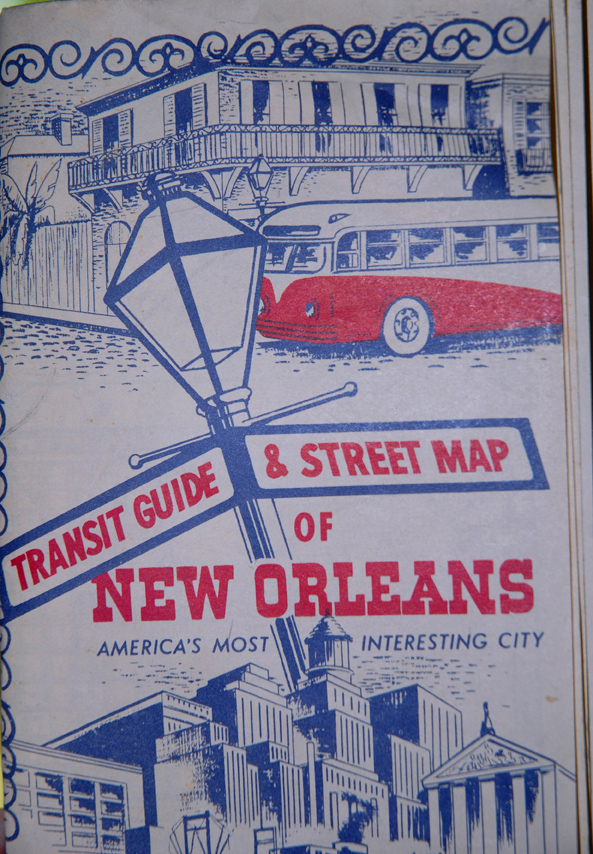Editor’s Note: The following series “Language and Culture in New Orleans” is a series curated by Lucien Mensah as part of the Digital Research Internship Program in partnership with ViaNolaVie. The DRI Program is a Newcomb Institute technology initiative for undergraduate students combining technology skillsets, feminist leadership, and the digital humanities.
The series, “Language and Culture in New Orleans,” (curated by Lucien Mensah) does what publications should always be doing — it forefronts languages that (check of “If Black Language Isn’t a Language, Then Tell me, What Is” by James Baldwin) are true languages that due to colonialism have been pushed down into the “alternative.” AAVE, or African American Vernacular English, is a dialect of American English molded by Black people’s experiences during slavery, as various communities of Africans were forced to the Americas. As AAVE terms become popular online, many non-black people use and appropriate these terms with little knowledge about where they are from or what they mean to their native speech community. As each article in this series is presented, readers are encouraged to think about their vocabulary and whether AAVE is actively used — and are you aware of the words you’re using that might be “slang”?
The article below discusses the variety of dialects within New Orleans and how one’s dialect could point to a specific location in New Orleans. Different dialects may pull people apart, but the cultural identity of New Orleans allows people to be brought together. This was originally published on NolaVie on July 16th, 2012.
 There was a time when you could tell where people grew up the second they opened their mouths. This was true globally, across the country, as well as in Louisiana (clue: people in Monroe or Lake Charles don’t talk like we do in New Orleans).
There was a time when you could tell where people grew up the second they opened their mouths. This was true globally, across the country, as well as in Louisiana (clue: people in Monroe or Lake Charles don’t talk like we do in New Orleans).
Here, if someone was from “below” Canal Street, the “nint’ wahd,” or Chalmette, that was considered low-hanging fruit (y’erd me?) — easy to identify. Likewise, the Irish Channel natives knew their own people. And, if you were in The Elbow in Carrollton and you weren’t from there? Well, you had just better take care what you said.
It’s hard to say where these distinct accents and speech patterns came from. Understanding local regionalism is one of those conundrums that always wants to harken back to bizarre and brainy questions like identifying the meaning of Creole, or determining the effect of a hundred thousand Germans and Irish peasants hitting our muddy beaches in the middle of the 19th century. What parental influences, education (or lack of), and cultural upbringing formed the phrases, intonations and slang that made the different parts of the city talk …differently?
I say “made” because a certain named event about six years ago slammed a coffin lid on what was once a natural process of cultural language evolution. The Upper Ninth Ward has been very much gentrified since the days of St. Aloysius and Colton School and goes by the name of St. Claude and Bywater. The Holy Cross District no longer has Holy Cross High School to cultivate its identity and vernacular.
Some other generation or series of events will have to re-identify what was once easily knowable to our native population, i.e. who we were as a people via our distinct neighborhoods. What Hurricane Katrina didn’t change has been largely affected by other forces, such as crime and blight. No matter how much you love your neighborhood, you won’t live there if there are frequent shootings or rats from the decaying building next door are casting hungry looks at your cat or dog or child.
The other influence on local accents and phraseology is illustrated by what happened in my case. I was raised by a single parent and nurturing grandparents along much of the upper half of St. Charles Avenue and West Carrollton; moved seven times by the time I was 16; attended eight schools, including three years at a Covington boarding school; then, after completing ninth grade (for the second time), packed myself off to Vietnam and other points of the world with the United States Marine Corps.
No accent or slang can stand that much bombardment of cultures. It’s a wonder I can form an intelligent New Orleans sentence.
Aside from the romanticism of Benny Grunch songs, Saints cheers, local R&B musicians and our ever-present nostalgia for how speech used to be within our neighborhoods, we will probably be better off having dispelled that side of us, that parti pris isolationism that kept us from being one city, that sense of people from another part of town being something other than our legitimate brother and sister.
Better to appreciate the diversity of architecture and let it go at that.
That’s not an easy thing to propose in a town that continually finds new ways to love and celebrate its many individual segments. We’re much stronger as one than we were as many.
Local author Patrick M. Burke contributes stories about New Orleans to NolaVie.
 New Orleans Startups
A brief overview of the growing New Orleans startup scene. This piece highlights the main industries of New Orleans, competing cities, and just how emerging the current entrepreneurial/startup scene is in New Orleans.
New Orleans Startups
A brief overview of the growing New Orleans startup scene. This piece highlights the main industries of New Orleans, competing cities, and just how emerging the current entrepreneurial/startup scene is in New Orleans.
 A Bin in Every Classroom: Why Tulane Should Lead on Composting
I asked a peer, Isabel, for her thoughts on composting: “Why do...
Tulane
A Bin in Every Classroom: Why Tulane Should Lead on Composting
I asked a peer, Isabel, for her thoughts on composting: “Why do...
Tulane